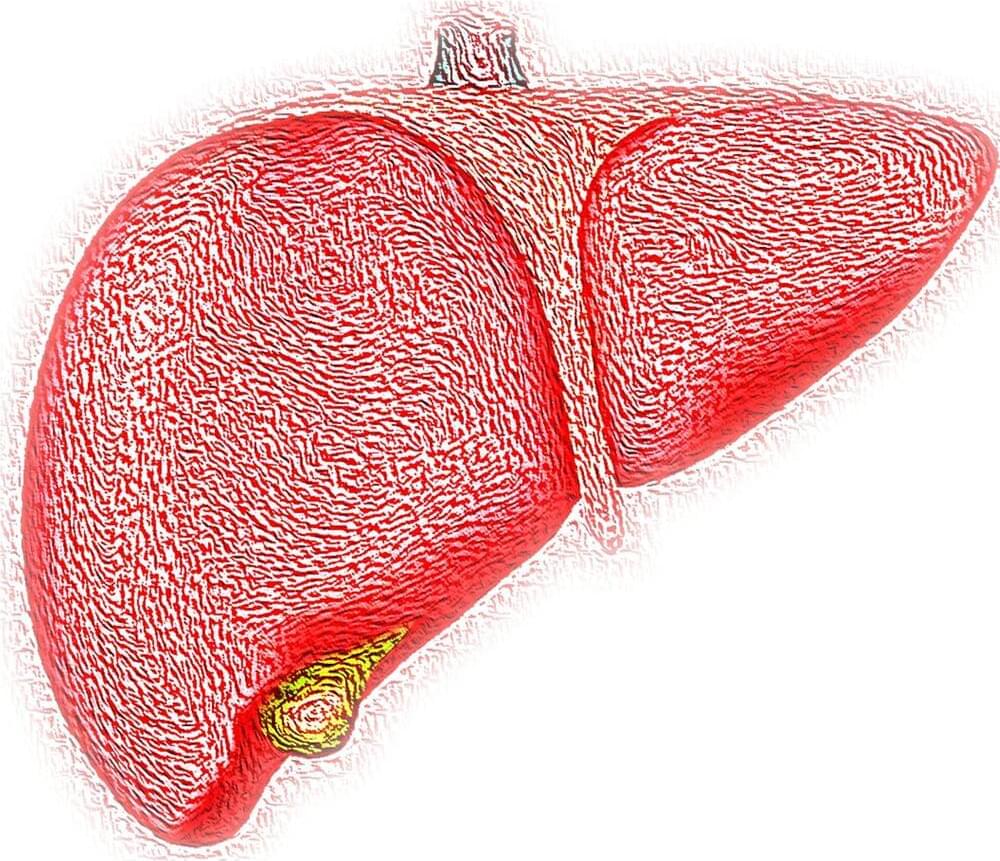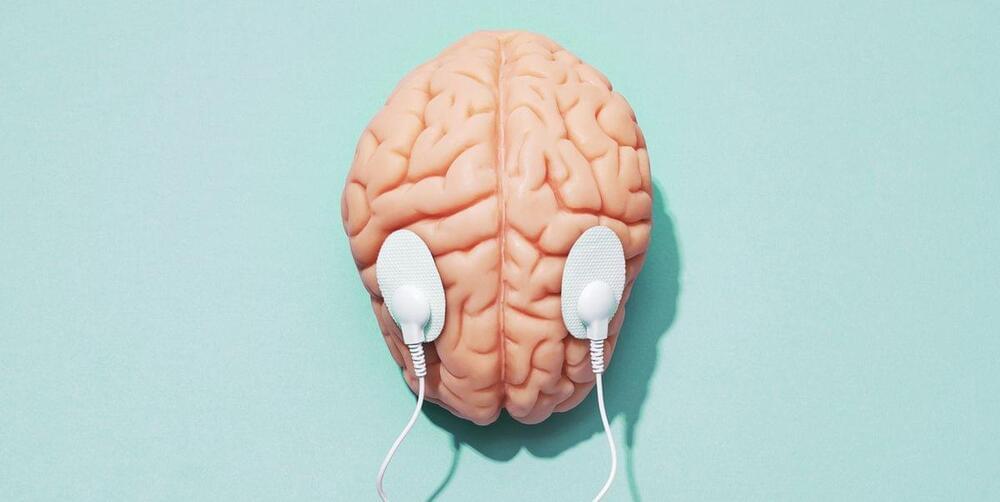Jeremy Hunt tells POLITICO the West needs to be ‘super smart’ about artificial intelligence rules, but pushes back at doom-laden warnings.



Metabolic (bariatric) surgery is more effective than medications and lifestyle interventions for the treatment of advanced non-alcoholic fatty liver disease.
A new paper, published today in The Lancet by King’s College London and the Catholic University of Rome, is the first to compare three active treatments of non-alcoholic steatohepatitis (NASH) and to specifically investigate the effectiveness of metabolic surgery (weight loss surgery) in a randomized clinical trial.
Non-alcoholic fatty liver disease (NAFLD) is the most common cause of chronic liver disease, globally affecting 55% of people with type 2 diabetes and 75% of those with obesity. Non-alcoholic steatohepatitis (NASH) is the progressive form of the disease, and is characterized by liver cell injury and inflammation, which induce liver fibrosis (scarring of the tissue). Left untreated, it can lead to liver failure and liver cancer, and is one of the leading causes of liver transplant in the western world.

A stroke occurs when an artery in the brain becomes blocked or bursts. The brain cells beyond the blockage or bleed are deprived of oxygen and nutrients, so are damaged or die.
Scientists have been trying to find ways to minimize the damage following a stroke and speed up recovery.
Now, a study led by scientists from Weill Cornell Medicine has found changes in gene activity in small blood vessels following a stroke. The findings suggest that these changes could be targeted with existing or future drugs to mitigate brain injury or improve stroke recovery.
Hopefully the future.
Official Audio for New World Man performed by Rush.
Follow Rush:
Facebook: https://facebook.com/RUSHTheBand.
Instagram: https://instagram.com/RUSH
Twitter: https://twitter.com/RUSHTheBand.
#Rush #NewWorldMan #Signals.
Story of the distant Future.
“Able to journey “out of the body” the time traveller whirls through space and time seeking the Starmaker of the cosmos. He visits many worlds, often during periods of social and political crisis, and finally joins others travellers in developing an unusual mental community.“
Chapter list:
00:00:00 — (i) Book info.
00:04:00 — (00) Preface.
00:10:39 — (01) The Earth.
00:30:35 — (02) Interstellar Travel.
00:55:20 — (03) The Other Earth.
02:05:33 — (04) I Travel Again.
02:26:05 — (05) Worlds Innumerable.
03:18:04 — (06) Intimations of the Star Maker.
03:31:22 — (07) More Worlds.
04:38:07 — (08) Concerning the Explorers.
04:48:59 — (09) The Community of Worlds.
06:14:26 — (10) A Vision of the Galaxy.
06:35:13 — (11) Stars and Vermin.
07:21:35 — (12) A Stunted Cosmical Spirit.
07:27:46 — (13) The Beginning and the End.
08:07:41 — (14) The Myth of Creation.
08:15:30 — (15) The Maker and His Works.
09:01:25 — (16) Epilogue: Back.
Like these books? Want to help?
These books come from the National Library Services.
I encourage you to donate:
https://www.loc.gov/nls/about/donate/

Jean-Michel Jarre’s official music video for “Revolutions“
Listen to Revolutions: https://lnk.to/jmj_rvltns!rev.
Equinoxe Infinity out now: https://lnk.to/jmj_ei!rev.
Follow Jean-Michel Jarre:
Facebook: https://lnk.to/jmj_equinoxeFI!rev.
Twitter: https://lnk.to/jmj_equinoxeTI!rev.
Instagram: https://lnk.to/jmj_equinoxeII!rev5
Spotify: https://lnk.to/jmj_equinoxeSI!rev.
Website: https://lnk.to/jmj_equinoxeWI!rev5
YouTube: https://bit.ly/2UHQJhM
#JeanMichelJarre #Revolutions #Electronic


As Google looks to maintain pace in AI with the rest of the tech giants, it’s consolidating its AI research divisions.
Today Google announced Google DeepMind, a new unit made up of the DeepMind team and the Google Brain team from Google Research. In a blog post, DeepMind co-founder and CEO Demis Hassabis said that Google DeepMind will work “in close collaboration… cross the Google product areas” to “deliver AI research and products.”
As a part of Google DeepMind’s formation, Google says that it’ll create a new scientific board to oversee research progress and the direction of the unit, which will be led by Koray Kavukcuoglu, VP of research at DeepMind. Eli Collins, VP of product at Google Research, will join Google DeepMind as VP of product, while Google Brain lead Zoubin Ghahramani will become a member of the Google DeepMind research leadership team, reporting to Kavukcuoglu.
The People’s Liberation Army (PLA) has successfully tested long-range artillery that can hit a bullseye from almost 10 miles away, says report.
According to the South China Morning Post (SCMP), China has tested an AI-powered, long-range artillery piece that is so accurate, it could hit a single person from 9.95 miles (16 km) away.
Images released from testing by the People’s Liberation Army (PLA) show shells hitting target boards in the bullseye, according to the traditionally state-friendly SCMP. The precision attained in the tests, which exceeded expectations, was significantly higher than that of any other big guns currently in service.